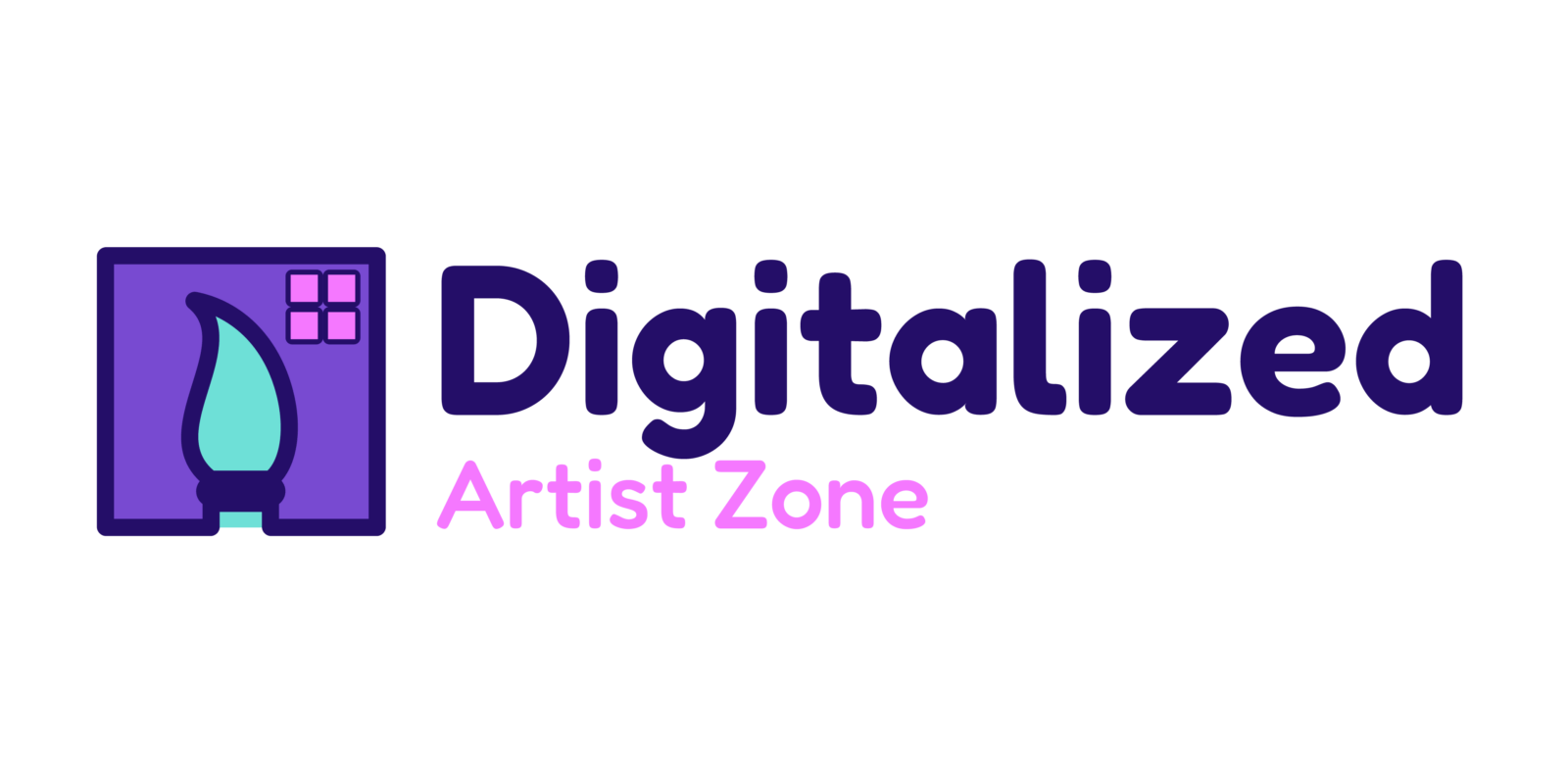In today’s visually-driven digital landscape, finding the right balance between text and images is crucial for effective communication. As a writer, I’ve learned that striking the perfect harmony between words and visuals can significantly enhance the impact of your message. Whether you’re crafting a blog post, designing a website, or creating social media content, understanding how to blend text and images is key to capturing your audience’s attention.
When done thoughtfully, combining compelling copy with relevant visuals not only improves the overall aesthetic appeal but also helps convey your message more clearly and memorably. In this article, I’ll share insights on how to master the art of balancing text and images to create engaging and powerful communication materials. Join me as we explore practical tips and strategies to elevate your content and leave a lasting impression on your audience.
Understanding the Role of Text and Images
Exploring how text and images complement each other is essential in effective communication. Pairing concise and impactful text with engaging visuals enhances the overall message, making it more captivating and memorable. Optimizing the strategic use of both elements maximizes the potential to engage the audience effectively and convey information clearly. In the following sections, I delve into the specific ways in which text and images work together to create compelling communication materials.
Stay tuned for actionable tips and practical strategies to strike the right balance between text and images for optimal communication outcomes.
Importance of Visual Communication
Visual communication plays a crucial role in conveying messages effectively in today’s digital world. By combining informative text with compelling images, I can capture the audience’s attention and ensure better retention of the communicated information.
Impact of Images on Engagement
Images have a significant impact on audience engagement. Adding relevant images to textual content not only enhances the visual appeal but also increases the likelihood of the audience interacting with the material. Visual elements can convey complex information quickly, making the content more engaging and memorable for the viewers.
Strategies for Balancing Text and Images
When aiming to strike the perfect balance between text and images, it’s essential to consider some key strategies. Here are some effective approaches to ensure your visual and textual elements harmonize seamlessly:
- Combine Succinct Text with Relevant Images
- Use Infographics to Convey Complex Information
- Ensure Visuals Enhance Textual Content
- Maintain Consistency in Style and Tone
- Optimize Images for Fast Loading Times
- Utilize White Space to Emphasize Key Messages
By implementing these strategies, you can create a cohesive and engaging communication experience that captivates your audience’s attention and enhances message retention.
Best Practices for Effective Communication
In optimizing communication for impact, combining concise text with engaging visuals is essential. Visual elements play a vital role in capturing attention and enhancing content memorability. To ensure effective communication, here are some best practices to consider:
- Align Text and Images: Pairing relevant text with complementary visuals ensures a cohesive message delivery. This alignment helps reinforce the information presented and aids in audience understanding.
- Utilize Infographics: Infographics are powerful tools for simplifying complex information. They combine text and visuals in a visually appealing format, making data more accessible and engaging for the audience.
- Optimize Loading Times: To prevent user frustration and maintain engagement, optimize images for fast loading speeds. Compressed images without sacrificing quality contribute to a seamless user experience.
- Maintain Style Consistency: Consistency in style and tone across text and images creates a unified brand identity. By adhering to a consistent aesthetic, communication becomes recognizable and reinforces brand messaging.
- Use White Space Strategically: White space, or negative space, enhances visual appeal by directing focus and emphasizing key messages. Strategic use of white space around text and images improves readability and emphasizes important content.
By implementing these best practices, communication can be optimized for maximum impact, ensuring messages are effectively conveyed and audience engagement is enhanced.





